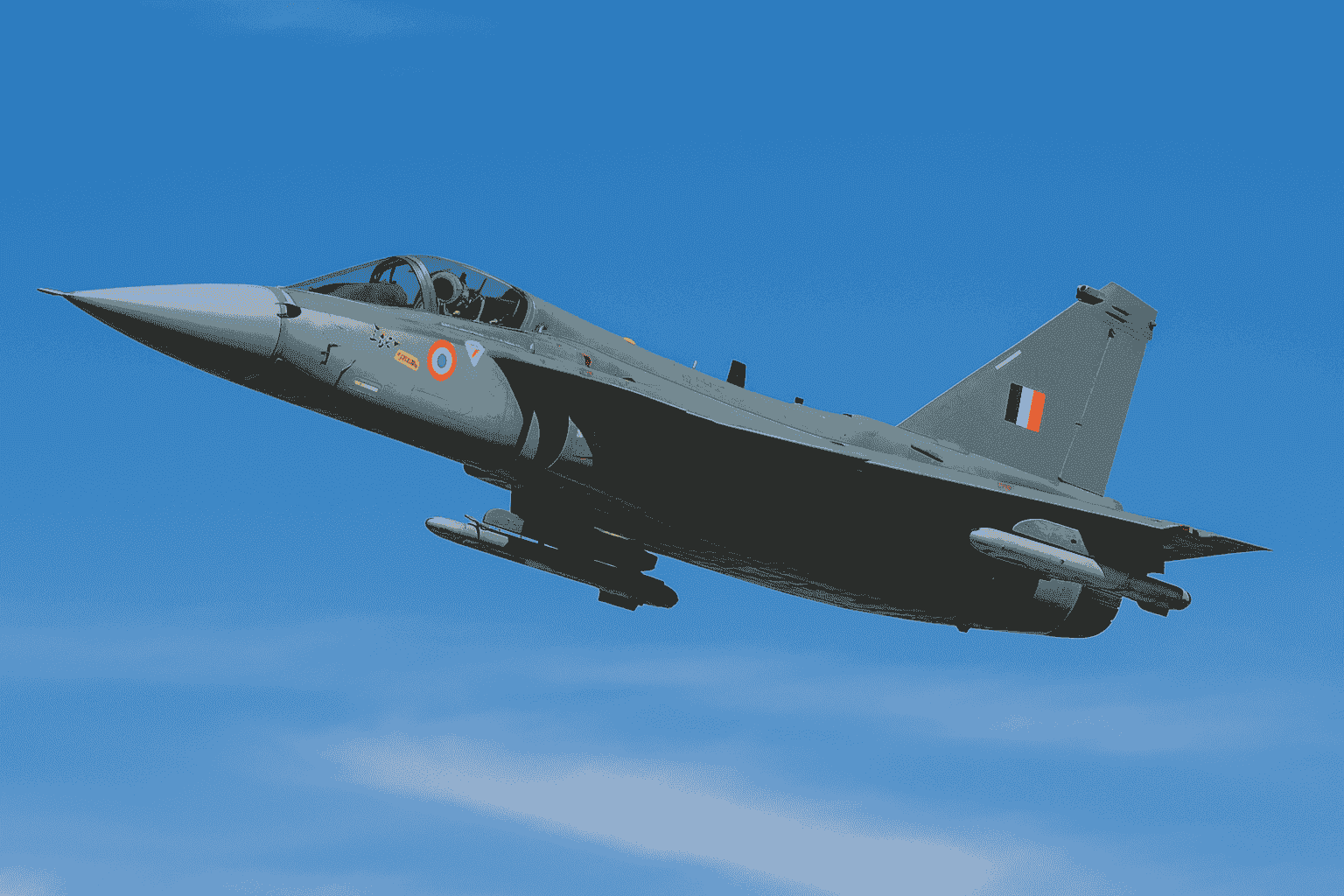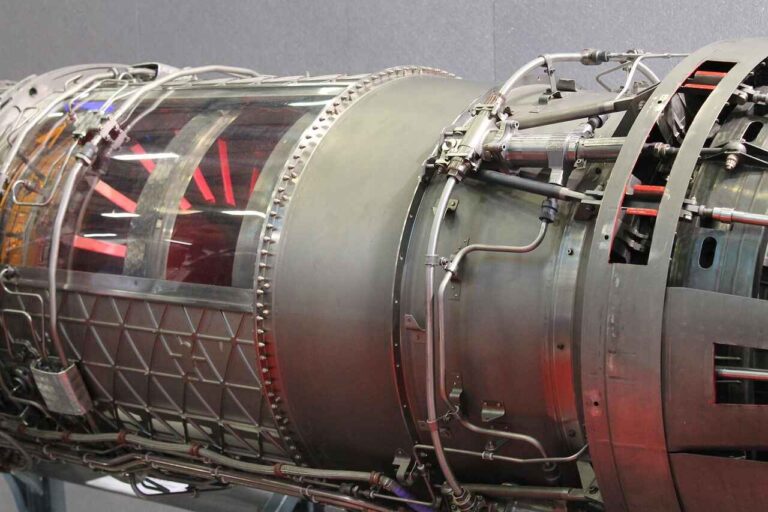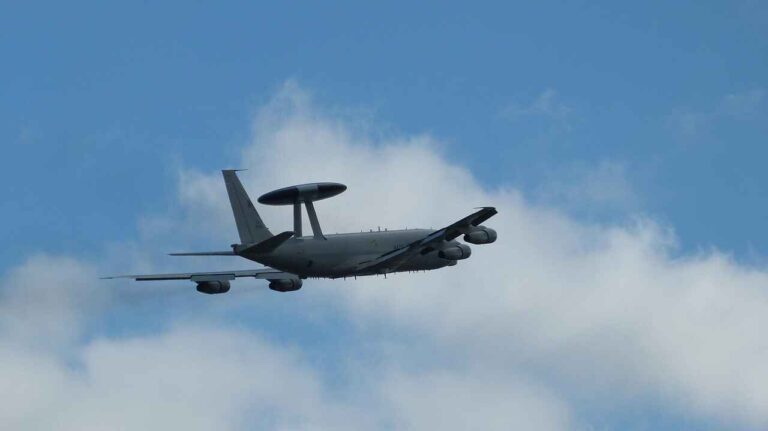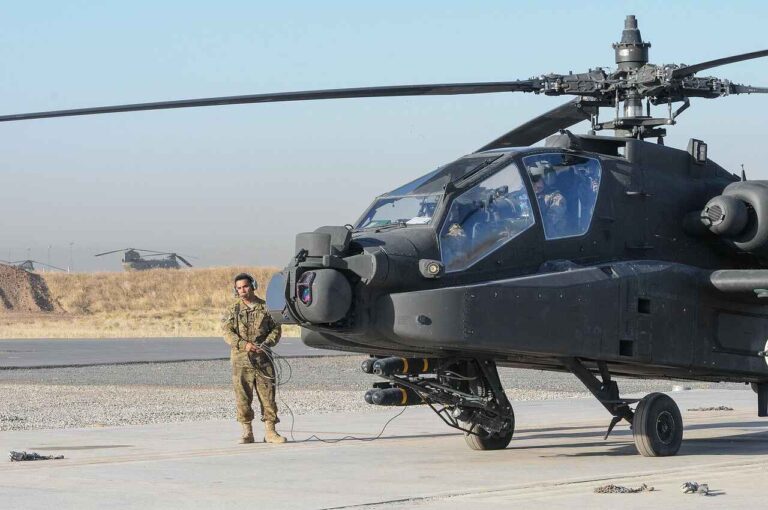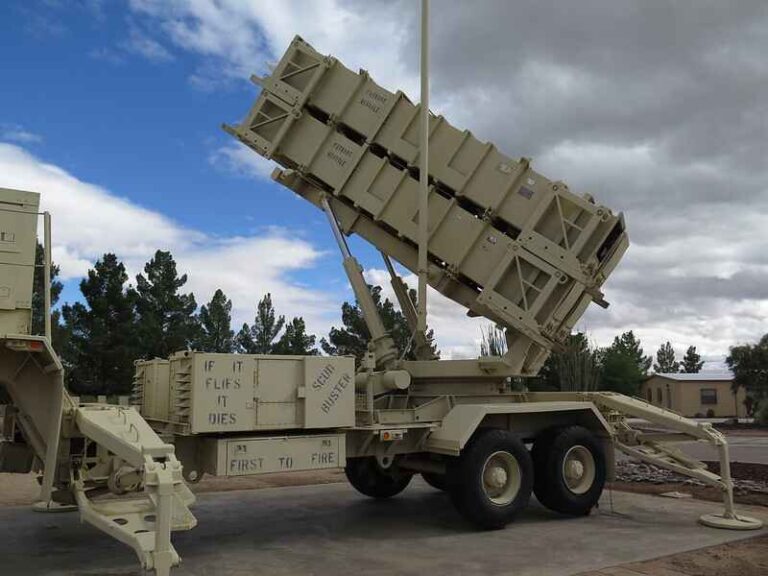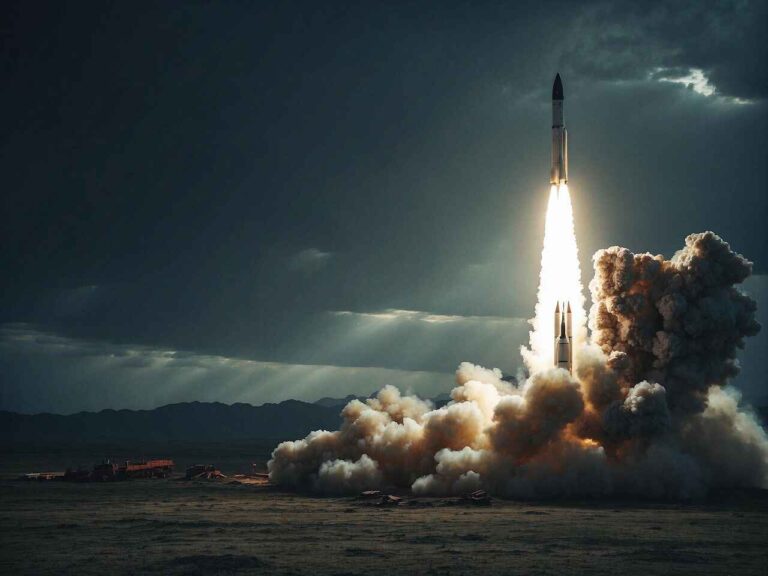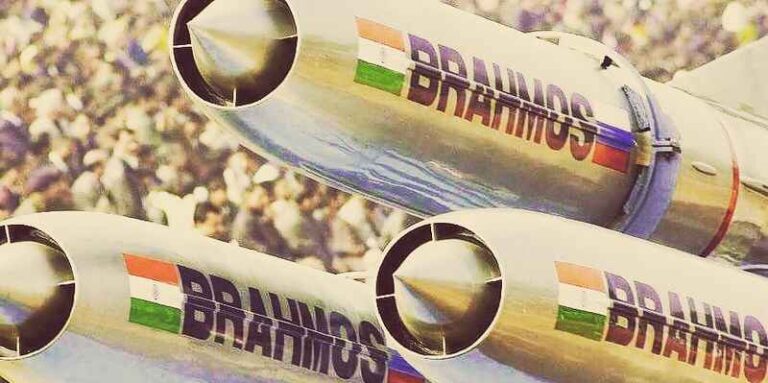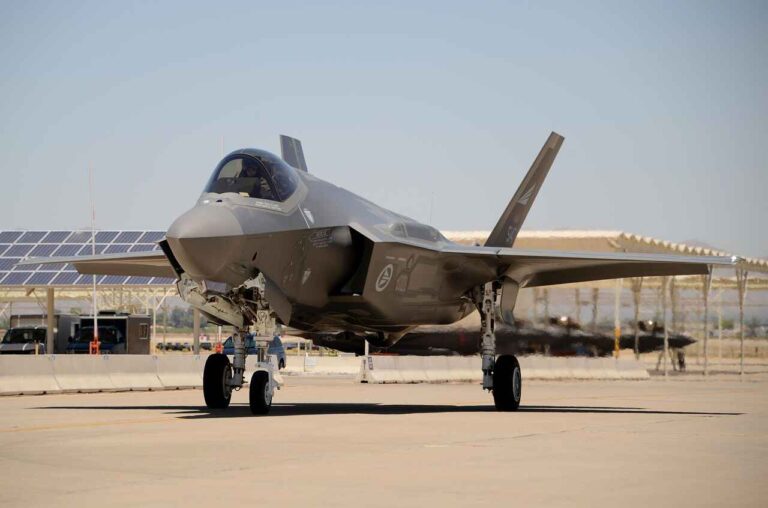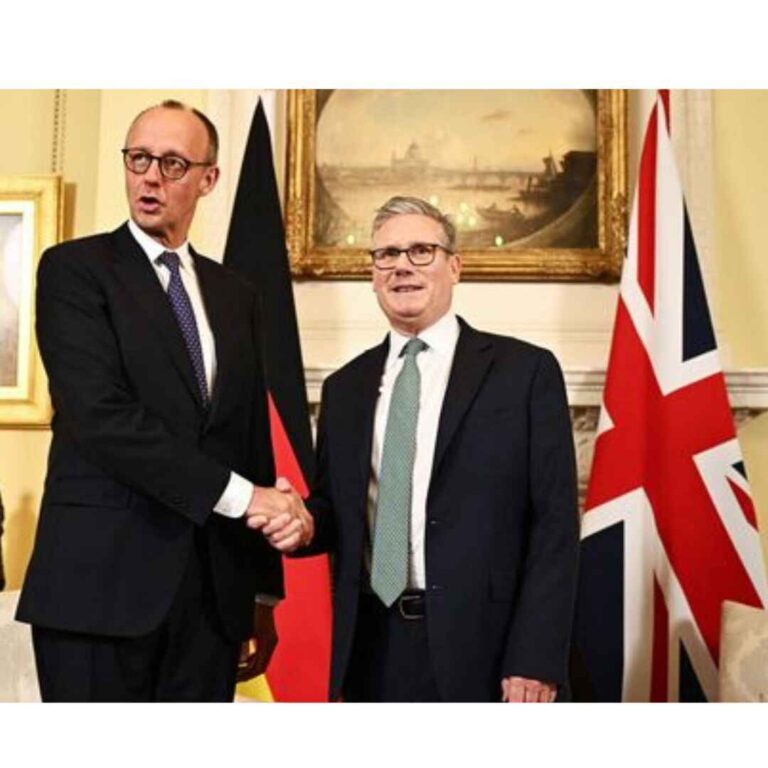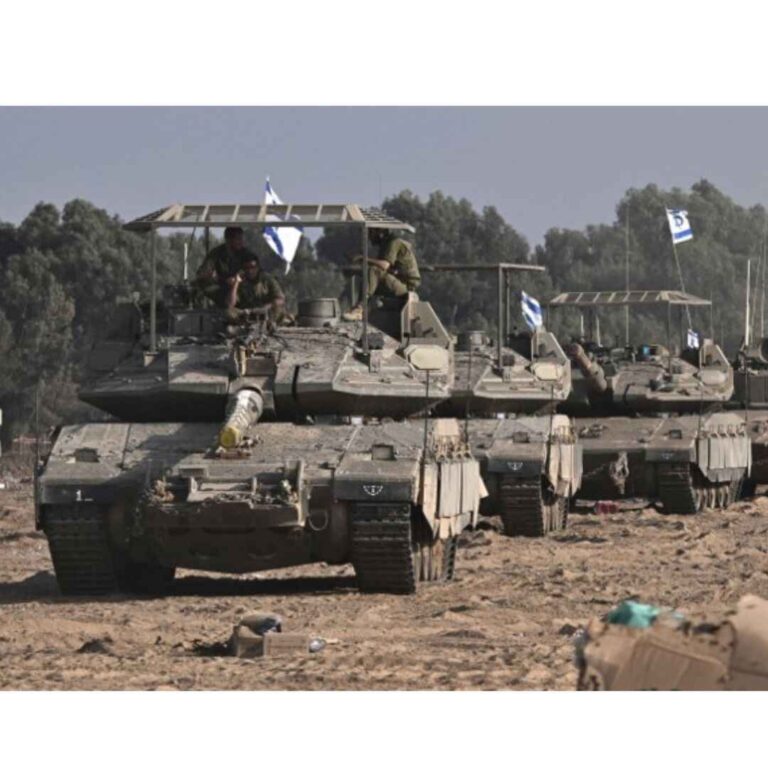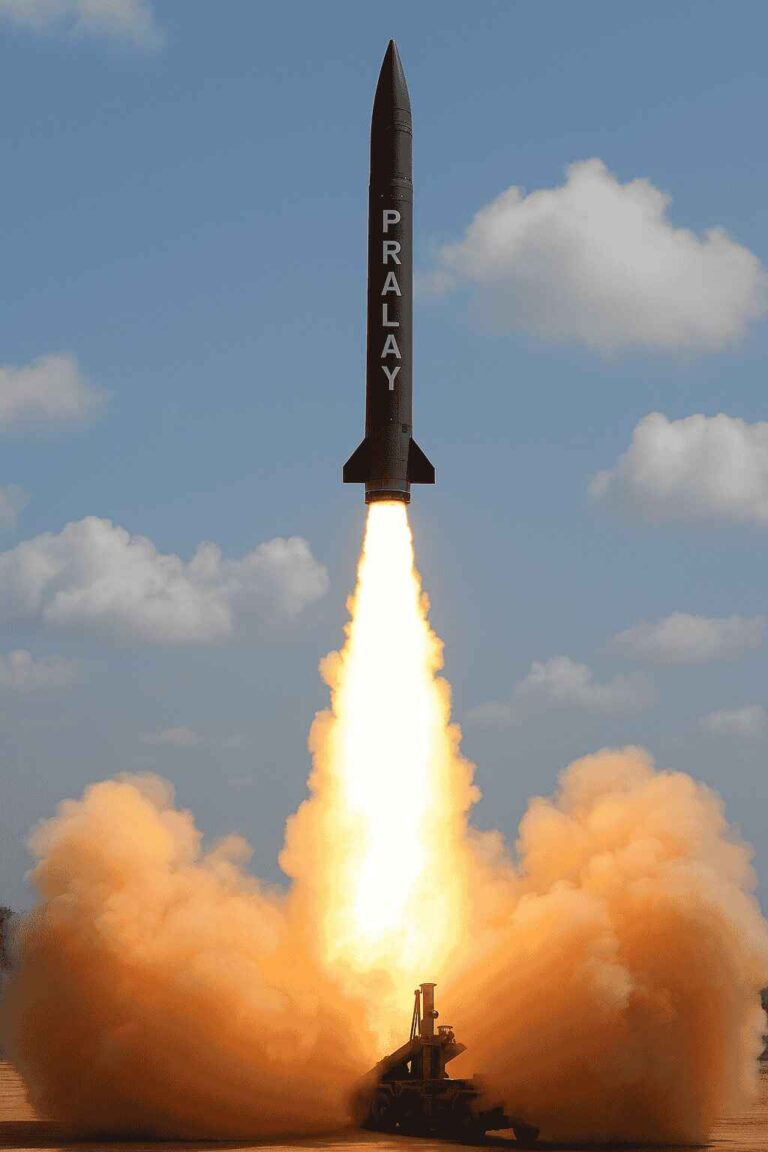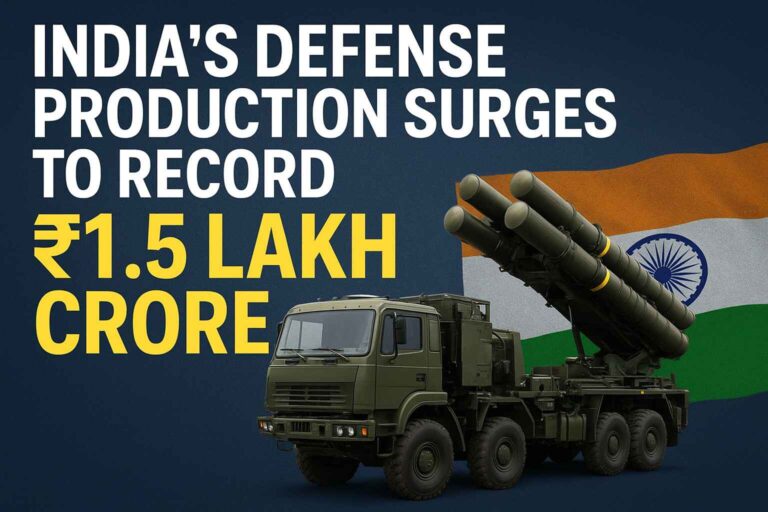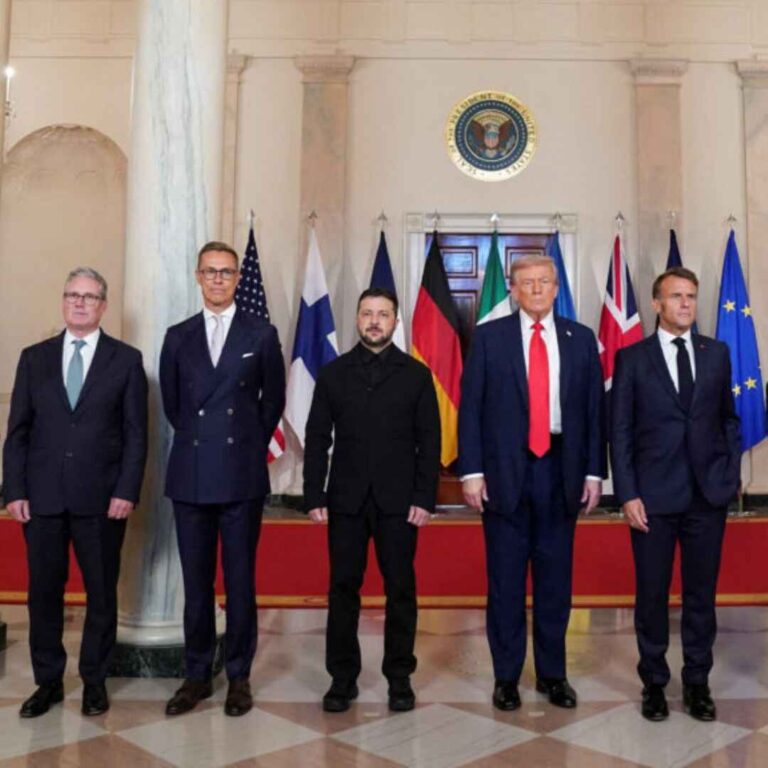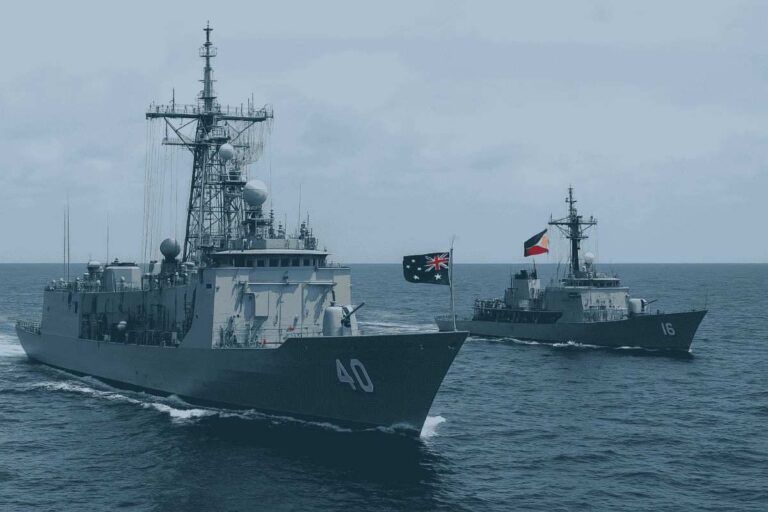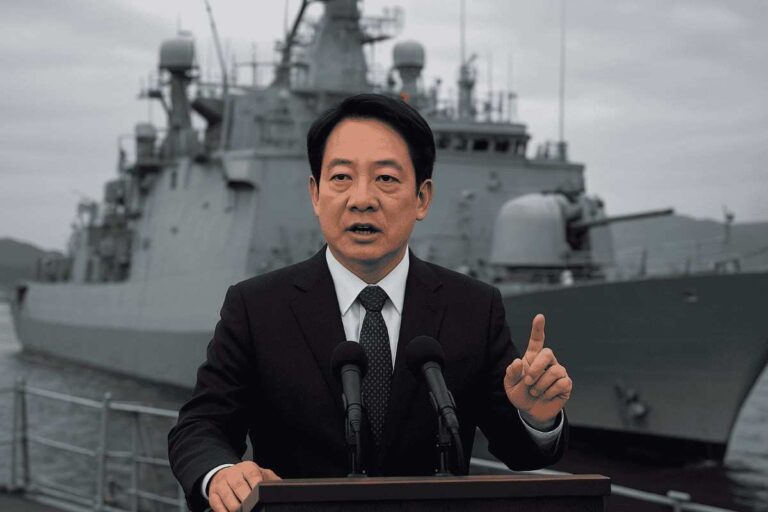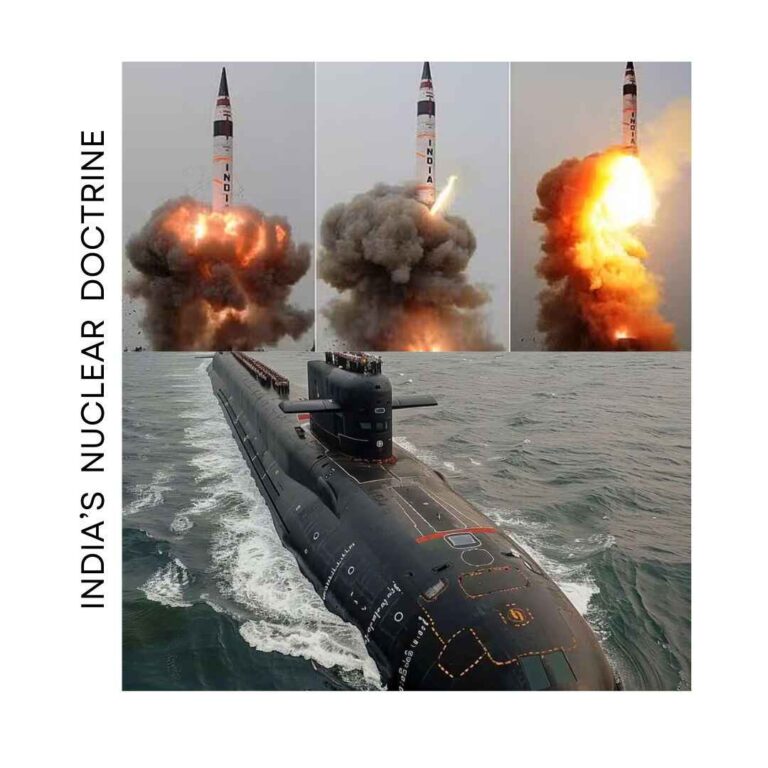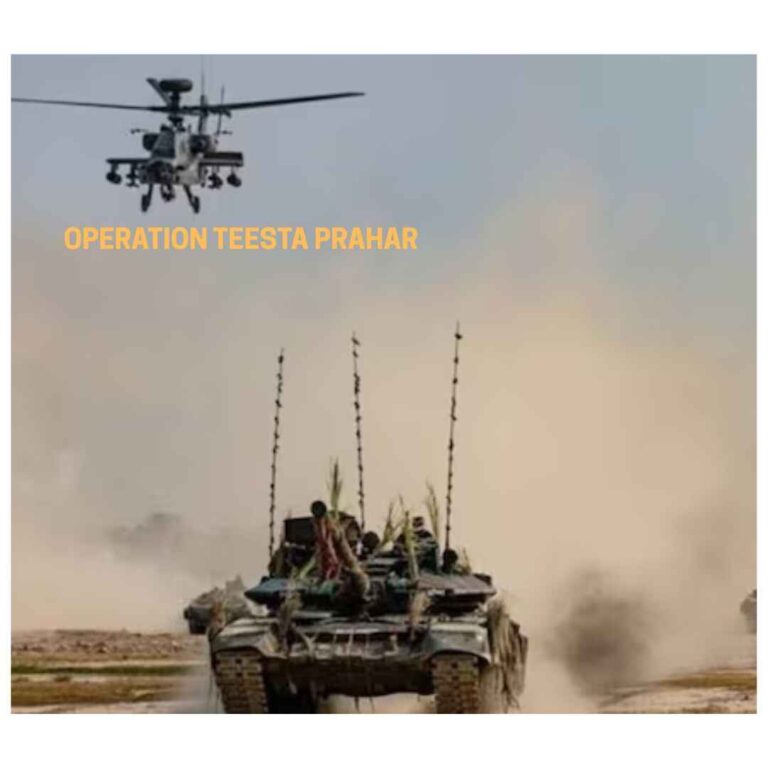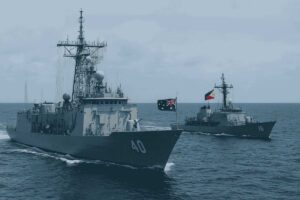Wednesday, 20 August, 2025
In a significant move for India’s defense capabilities, the Government has approved for the procurement of 97 Tejas Light Combat Aircraft (LCA) Mk-1A for the Indian Air Force (IAF), marking a monumental investment of approximately ₹62,000 crore. This important decision, taken by the Defense Acquisition Council (DAC) under the leadership of Defense Minister Rajnath Singh, comes closely on the heels of a previous contract for 83 Tejas Mk-1A jets signed in 2021. With this latest addition, the IAF’s fleet of Tejas fighters will soar to an impressive total of 180, significantly bolstering its combat strength amid increasingly complex regional security challenges.
Historic Deal for Indian Defense Aviation
This landmark order is among the largest in India’s history for indigenous fighter aircraft. The manufacturing will be spearheaded by Hindustan Aeronautics Limited (HAL), a titan in India’s aerospace sector known for its robust production capabilities. Officials have outlined that the delivery of the aircraft will roll out in batches, with HAL ramping up production to meet the demands set by the IAF. The company has already expanded its facilities in Bengaluru and Nashik, establishing dedicated assembly lines for Tejas and forging partnerships with a diverse range of private-sector suppliers to ensure smooth mass production.
“This is not just a significant moment for the Indian Air Force; it’s a transformative one for the entire defense manufacturing ecosystem in India,” noted a senior defense official. “The Tejas Mk-1A showcases the triumph of indigenous design and innovation. This order sets a precedent for nations looking to lessen their reliance on foreign imports.”
Why the Tejas Mk-1A is a Game-Changer?
The Tejas LCA has been in development for over three decades, and the Mk-1A variant represents the pinnacle of that effort—a mature, combat-ready platform expertly tailored to the operational needs of the IAF. Distinct from its predecessor, the Mk-1A is armed with a range of advanced features, including:
Active Electronically Scanned Array (AESA) Radar: This cutting-edge technology allows multiple targets to be detected, tracked, and engaged simultaneously.
Electronic Warfare (EW) Suite: Enhancing survivability in hostile environments, this system boosts countermeasure capabilities.
Beyond Visual Range (BVR) Missile Integration: The Tejas Mk-1A is equipped for long-range combat engagement.
Reduced Maintenance Footprint: Streamlined upkeep enhances turnaround times and minimizes lifecycle costs.
Enhanced Cockpit and Avionics: Improved situational awareness and control empower pilots during missions.
For the IAF, the Tejas Mk-1A is not merely a transitional solution; it serves as a crucial link between aging Soviet-era fighters and the future of aviation with cutting-edge fifth-generation platforms like the Advanced Medium Combat Aircraft (AMCA). As MiG-21 squadrons are phased out, the Tejas will play a critical role in maintaining the IAF’s edge in the skies.
Strategic and Geopolitical Implications
India’s ambitious leap into indigenous fighter procurement couldn’t come at a more crucial time, given the escalating geopolitical tensions in the Indo-Pacific region. With China rapidly advancing its aerial capabilities and Pakistan bolstering its ranks with advanced JF-17 variants, the Tejas Mk-1A procurement not only enhances India’s strategic deterrence but also provides operational agility.
“The balance of power in the region increasingly hangs on air superiority,” emphasized Air Marshal (Retd.) V.K. Bhatia, a prominent defense analyst. “The Tejas Mk-1A isn’t merely about replacing older models; it signifies India’s determination to secure its airspace with homegrown technology.”
Additionally, experts highlight that this deal strengthens India’s resilience against potential disruptions in the international supply chain, sanctions, or overruns often linked to foreign acquisitions.
The ₹62,000-crore investment is projected to give a major boost to India’s defense industrial base, with HAL estimating that over 500 domestic suppliers, including micro, small, and medium enterprises (MSMEs), will contribute components ranging from avionics to fuselage assemblies. Following the announcement, HAL’s shares surged on the stock market, reflecting a wave of investor confidence in the company’s burgeoning order book. Defence sector indices also mirrored this optimism, suggesting sustained government commitment to indigenous manufacturing.
Future Challenges
While this order signals a robust endorsement of HAL, challenges remain on the horizon. The company must navigate a demanding delivery schedule, and past production delays alongside quality issues have drawn scrutiny. However, HAL remains resolute, having bolstered its supply chain, invested in new infrastructure, and streamlined processes to adhere to timelines.
“HAL has gained invaluable insights from prior experiences. With dedicated assembly lines and a strong vendor network, we are confident in our ability to meet the schedule,” assured a senior HAL executive.
Industry observers argue that the true test lies ahead in delivering on time without sacrificing quality. Any delays could impact the IAF’s squadron strength and operational readiness—factors critically tied to national security.
The success of the Tejas Mk-1A in domestic operations could pave the way for lucrative export opportunities, further establishing India as a burgeoning player in the global defense sector. As India strides forward in aviation technology, the Tejas Mk-1A is set to take the center stage in its ascension to self-reliance and global recognition in defense capabilities.

